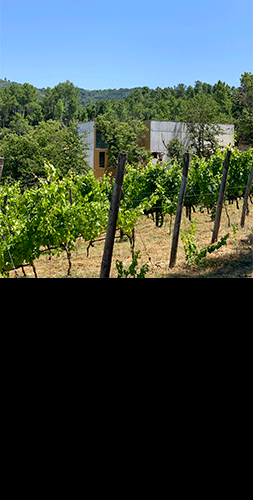He has flown over the world’s stages and transformed into characters, revealing the gestures of the soul. The dance that gave, and took away from him, a piece of life came to Benvindo da Fonseca from Mozambique, where he was born. He dressed as a phoenix, rose from his ashes, and shone again.
It was 1964 when Benvindo da Fonseca was born in Niassa, where his Cape Verdean parents had been sent by the Portuguese Government. Amid the magic of red earth, the intense smell of the forest, and the happily running barefoot through the bush, a dancer was growing up, but no one knew this yet. His father, a civil servant at the tax office and football player on the rise, was posted to that location, unable to shine in the ball game because he was too noisy, which led the former Portuguese political police to sometimes give the family hassle. Benvindo da Fonseca, who inherited his father’s name, had too much energy and to tire himself out, he would play tennis and do figure skating, sports that began to shape his body as a child. In 1972, the family moved to Lourenço Marques, today known as Maputo, and left for Lisbon in 1979.
Left behind were memories that he recalls for us: «I remember everything, even the smells and I remember the very bright eyes of the children, there is nothing like it anywhere in the world, they mirror a portrait of the soul». In Lisbon, the boy who wanted to be a Beatle, because he believed this to be an artist’s profession, auditioned at the ABC Theatre in the Parque Mayer, for a musical by Francisco Nicholson, which never premiered. Anyone who saw him said he was just like a young Leroy from Fame, the series on television at that time. Driven by the comments and the natural gift with which he was born – as he reveals: «The most difficult thing in classical dance was to jump and spin around twice, the double tour, I spun around three times without knowing what I was doing» –, he won a scholarship to study at the conservatory. Instead of starting as a beginner, he went straight into the 5th year, largely because of his agility. He was sixteen years old and was about to start flying across the stage. The conservatory was good, but the Gulbenkian ballet school was tantalising. He tried once and, as he was considered chubby, didn’t get in. Not one to give up, he returned more slender the next year and, out of three hundred dancers, he was one of the three who got into the school. During the day he had lessons and at night he danced in the Sétima Posição dance group, of Liliane Viegas who had following him for a long time. Dancer and choreographer Rui Horta made him a soloist with the Gulbenkian Ballet Travelling Company, a contract that brought with it a scholarship to study in New York.
For ten years he was principal dancer at the Gulbenkian Ballet, performing stunning repertoires, some prepared just for him.
He went on his way and decided that he would try for the Alvin Ailey American Dance Theater, a company of African-descent dancers, which is known for how demanding it is. He did the audition and got in. Returning to Lisbon, in order to prepare for his departure, he took a class at the Gulbenkian just for future reference, but was called to an urgent meeting with its director Jorge Salavisa. This meeting resulted in a contract as a soloist, first as principal dancer B, which quickly turned into principal dancer A. For ten years he was principal dancer at the Gulbenkian Ballet, performing stunning repertoires, some prepared just for him, for his natural characteristics, which he took to almost every country in the world. The prima ballerina he lifted was Graça Barroso, something that was unimaginable for her, and she was his last partner. The strain and the many hours of dancing resulted in a dreaded stress fracture in his tibia, which he did not take care of, compensating for the pain with his other leg, which caused a serious injury and he was forbidden to dance at the height of his career aged thirty-three. Benvindo Fonseca ‘died’ and his mourning was joined by revolt and memories, and he considered suicide. The figure of his mother figure and all her affection defeated his despair and, ten years later, he prepared a solo, rising again as a phoenix.The dancer gave life to a choreographer, who has painted the stages of the world with love and lovelessness, reinvented a new Romeo and Juliet and hundreds of other stories and managed to dance again. After the death of his mother, who always encouraged him to dance, he choreographed and danced Cromeleque – Requiem de Mozart at the National Pantheon, in an exaltation of life. The boy who Mário Soares considered to be «A National Asset» was excused from military service so as not to ruin his body, has received dozens of awards and at the age of twenty-seven was named UN Goodwill Ambassador, receiving the UN Young People in Creativity award. Today, at fifty-five, he no longer flies, but he still dances. Now his feet firmly grip the ground, a little like the barefoot running he did in Mozambique, a land he never returned to.














